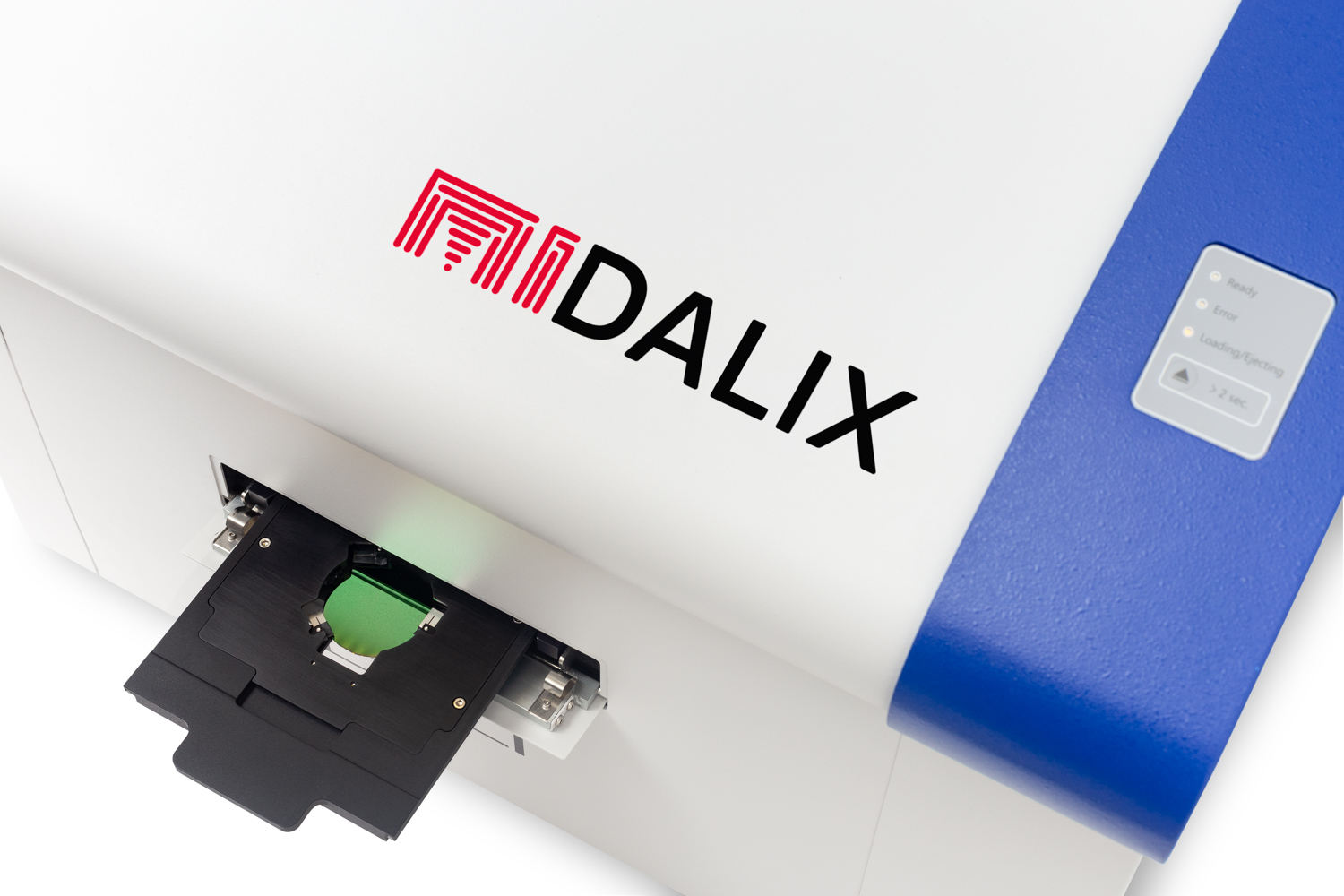Enhance Your R&D Program With This User-Friendly Maskless Lithography System
miDALIX has launched a new maskless lithography system aimed at research institutions across the US. You can enhance your nanotechnology research capabilities with this cost effective solution!

Are you based in a US lab or research institution? Do you want to enhance your work and move beyond traditional mask-based lithography? Have you considered ways to increase your efficiency, such as a maskless lithography solution? Read on to find out how this system can help your research!
miDALIX Maskless Lithography Systems is launching its range of software-operated lithography systems in the US. The company prides itself on offering niche solutions for professional researchers and scientists such as yourself.
You can find out more at https://midalix.com
If you are looking to streamline your research activities in a professional laboratory setting or institution such as a university, this could well be the solution for you. The new range includes the miDALIX DaLI, which eliminates the need for a photomask. You can read more details about the technology at https://midalix.com/technology
In case you are wondering, it offers fast product development without the time or cost of waiting for externally produced photolithography masks. When used properly, the system can increase the operational efficiency of your lab.
This result is achieved because prototyping times are shortened, the design transfer to substrate process is simplified, and there is a level of flexibility that can only be achieved in-house. In addition, you have complete control over your designs through the CAD library that is provided.
Whether researchers want to develop a new design or amend a partial or fully designed pattern - they can do it all on a standalone PC without the DaLI system being connected. The system has already achieved results in nanotechnology and non-volatile memory devices.
DaLI was used for a project with several research institutions as a state-of-the-art approach and precise alignment was required. As part of the remit, electrodes needed to be layered on top of multiple crystal flakes.
Flexibility was important, as there were geometric and size differences between each crystal to consider. A spin-coating technique was used to apply a photoresist on the crystal flakes placed on sapphire substrates, which were then inserted into the device and processed by DaLI.
You can read the findings in full as the research was published in Nature Communications and highlighted the broad range of uses for DaLI, which includes applications in material science, quantum devices, microelectronics, and microfluidics.
A client from the Laboratory of Organic Matter Physics, University of Nova Gorica, wrote: “The DaLI is a device that allows us to accurately fabricate metal electrodes on nanostructures, which is crucial for the course of our research. We use the device daily and appreciate its accuracy, compactness, and user-friendly interface.”
You can read further information on the applications for the miDALIX DaLI at https://midalix.com/applications today!

